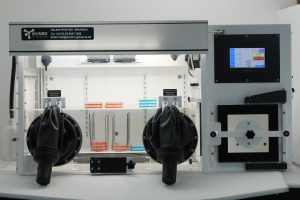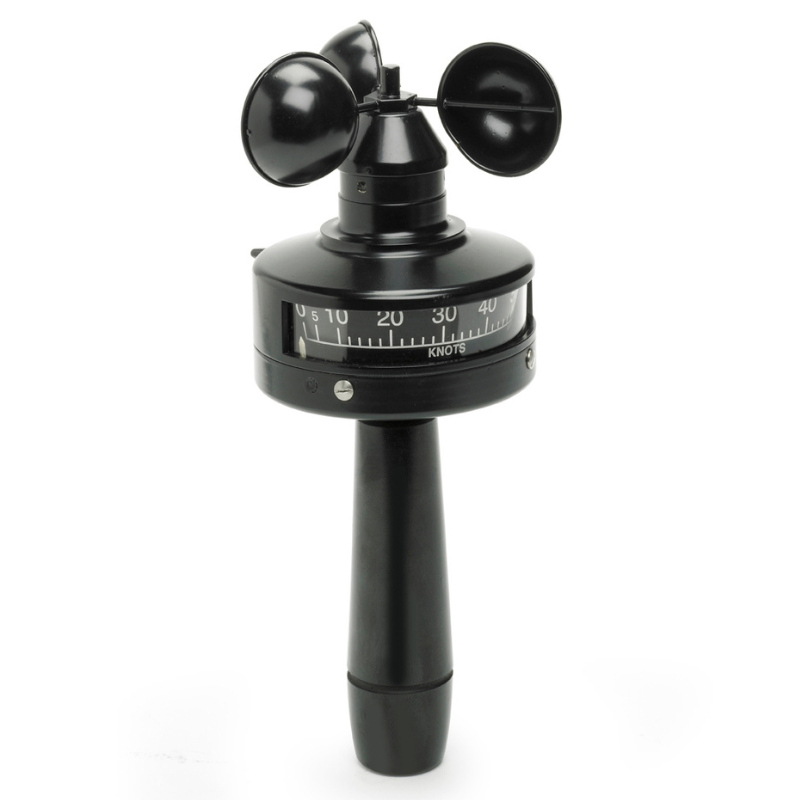The anaerobic chamber market in the United States is experiencing steady growth, driven by advancements in microbiology research, clinical diagnostics, and pharmaceutical development. Anaerobic chambers are essential for cultivating and studying microorganisms that thrive in oxygen-free environments, making them indispensable in various scientific and medical applications.
Market Size and Growth
As of 2023, the global anaerobic chamber market was valued at approximately USD 200.6 million and is projected to reach USD 280.1 million by 2030, with a compound annual growth rate (CAGR) of 4.9% during the forecast period.
While specific figures for the U.S. market are not detailed, the country holds a significant share due to its robust research infrastructure and substantial investments in healthcare and biotechnology.
Key Drivers
- Advancements in Microbiology Research: The increasing focus on understanding anaerobic microorganisms, particularly in human microbiome studies, has heightened the demand for precise anaerobic environments.
- Clinical Diagnostics: The need for accurate identification of anaerobic pathogens in clinical settings has led to the adoption of anaerobic chambers in hospital laboratories.
- Pharmaceutical Development: Pharmaceutical and biotechnology companies utilize anaerobic chambers for drug development and testing, especially for antibiotics targeting anaerobic bacteria.
Application of Anaerobic Chambers in the United States
Anaerobic chambers have a wide array of applications in the United States, primarily due to the country’s robust focus on scientific research, healthcare advancements, and pharmaceutical innovation. Here are the key areas where anaerobic chambers are extensively used:
- Microbiology and Biotechnology Research
- Human Microbiome Studies: Researchers study the human gut microbiome, which contains anaerobic bacteria essential for digestion and immunity. Anaerobic chambers are vital for isolating and cultivating these bacteria in oxygen-free conditions.
- Environmental Microbiology: Anaerobic chambers allow researchers to study microbes involved in wastewater treatment, bioremediation, and natural ecosystems, especially those crucial for nutrient cycles in oxygen-deprived environments.
- Clinical Diagnostics
- Pathogen Identification: Many clinically relevant anaerobic bacteria, such as Clostridium species, require anaerobic environments for growth and identification. Hospitals and diagnostic labs use these chambers to culture and identify pathogens that could otherwise go undetected, improving patient care.
- Antibiotic Susceptibility Testing: In clinical settings, anaerobic chambers enable the testing of antibiotics on anaerobic pathogens, supporting targeted therapies and combating antibiotic resistance.
- Pharmaceutical Development and Testing
- Drug Development: Pharmaceutical companies leverage anaerobic chambers to develop new antibiotics targeting anaerobic pathogens and to study drug interactions in anaerobic environments, crucial for effectiveness in human applications.
- Production of Probiotics: Anaerobic chambers play a role in developing probiotic treatments, especially those aimed at restoring or enhancing beneficial anaerobic bacteria in the human gut.
- Food and Agriculture Industries
- Food Safety Testing: Foodborne pathogens, some of which are anaerobic, are tested within these chambers to ensure food safety. Chambers help isolate and identify these microbes in food products, improving quality control and reducing health risks.
- Animal Microbiome Research: In agriculture, anaerobic chambers facilitate research into the microbiomes of livestock, which can influence animal health, productivity, and feed efficiency.
- Energy and Environmental Applications
- Biofuel Production: In biofuel research, anaerobic chambers help cultivate and optimize anaerobic bacteria strains involved in breaking down organic materials into biofuels, such as methane.
- Wastewater Treatment: Some anaerobic microorganisms are important breaking down waste, so anaerobic chambers support research and development for more efficient wastewater treatment technologies.
- Academic and Government Research Labs
- Basic and Applied Sciences: Universities and research institutions across the U.S. use anaerobic chambers for diverse studies in cell biology, genomics, and evolutionary biology to explore the fundamental processes involving anaerobic organisms.
- Public Health and Disease Research: Research on diseases caused by anaerobic pathogens, such as tetanus and botulism, is supported by government labs and public health agencies using anaerobic chambers to develop treatment and prevention strategies.
These applications showcase how anaerobic chambers are integral to the U.S. scientific and industrial landscape, supporting advancements in healthcare, environmental sustainability, and innovation in multiple sectors.
Munro Anaerobic Chambers
Munro markets a wide range of Anaerobic Chambers for the American market








